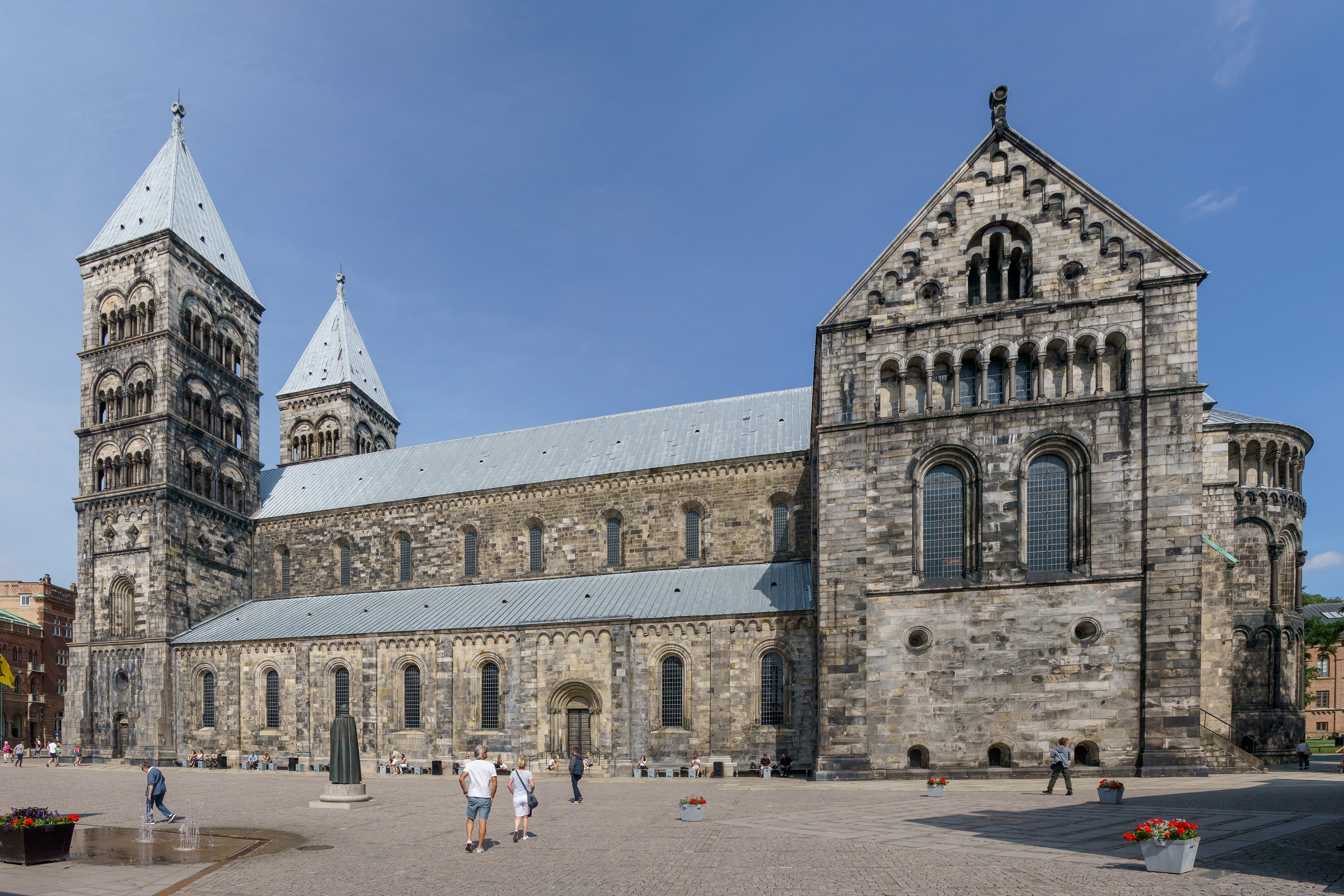
Lund Cathedral
Considered the most important example of Romanesque architecture in the Nordic countries. It has served as an important ecclesiastical center and features an impressive crypt and a medieval astronomical clock.
Historical Context
Lund Cathedral was constructed during the romanesque period, specifically between Founded 1104 (consecrated 1145, major rebuilding after fire 1234, restoration 19th century). This era was characterized by significant developments in architectural techniques and religious expression.
The construction was commissioned by the local bishop and diocese and took place during a time of significant religious and cultural development. The building has survived through centuries of history, witnessing wars, political changes, and cultural transformations.
Over the centuries, Lund Cathedral has undergone several renovations and restorations, each adding to its historical significance while preserving its original character and purpose.



